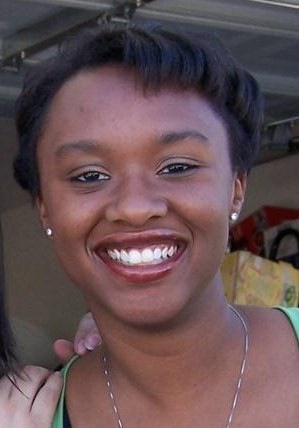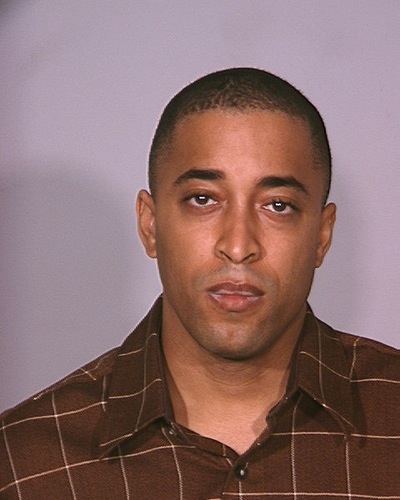Saturday, Jan. 17, 2009 | 12:15 a.m.
Witnesses today disagreed over the cause of death of 24-year-old Las Vegas nursing student Allainna McClain and whether a cane was used to render her defenseless.
They testified in the fourth day of the trial of Clifford E. McClain, who is accused of beating and strangling Allainna McClain, his ex-wife, at his mother’s home near Charleston Boulevard and Fort Apache Road on Feb. 17, 2008.
Dr. Gary Telgenhoff of the Clark County Coroner’s Office, who performed the autopsy on Allainna McClain’s body the following morning, said he observed hemorrhages both on the outside and inside of her neck and ruled her death a homicide due to asphyxiation.
Telgenhoff also said these marks were not found anywhere else on Allainna McClain’s body and that her heart appeared normal and healthy. No visible signs of trauma were found on either of her hands.
The defense called Dr. Thomas Young, a forensic pathologist from Kansas City, Mo., who was hired to provide an opinion on Telgenhoff’s autopsy by viewing photographs and documents.
Young testified there were inconsistencies in the cause of death as determined by the County Coroner.
“The examination he (Telgenhoff) performed did not reveal, to a degree of reasonable medical certainty, that it was death by asphyxiation,” Young said.
Young also said that no fractures were found in either cartilage or bone inside her neck.
And by laying face down for several hours, he said, hemorrhages in the neck or eyes could result from the settling of blood due to gravity.
There were also no signs of scratches on her neck, which Young said would have been visible after a strangling.
But during an intense cross-examination by Deputy District Attorney Phillip Smith, Young acknowledged that strangulation without scratching was possible -- if the individual was rendered unconscious or unable to resist.
Smith then presented the wooden cane prosecutors say was used by Clifford McClain in the attack and two wooden fragments found nearby. Young testified the cane could not have been used in the alleged battery because those fragments did not fit.
But Young based his finding on the assumption that the fragments originated from just underneath the cane handle, and not directly on the handle -- where the pieces did fit during a demonstration Thursday.
During cross-examination, McClain’s attorney, Michael Schwarz, asked Young if he felt injuries to Allainna McClain’s eyes could have been caused by the cane, and he said no.
“It does not fit the nature and the shape of the injuries we are seeing,” he said.
Testimony was also heard from Kellie Gauthier, a detective with Metro Police’s DNA unit.
Gauthier said she examined Allainna McClain’s shirt and found traces of Clifford McClain’s DNA near the collar area, but could not determine whether it was from blood or skin contact.
Schwarz asked Gauthier if any timeline was determined on when the DNA made contact with the shirt and she said no.
Clifford McClain, 29, an employee at a pharmaceutical company at the time of the killing, is charged with first-degree murder, assault and battery and domestic violence battery. The trial resumes on Jan. 20 at 10:30 a.m.



Join the Discussion:
Check this out for a full explanation of our conversion to the LiveFyre commenting system and instructions on how to sign up for an account.
Full comments policy